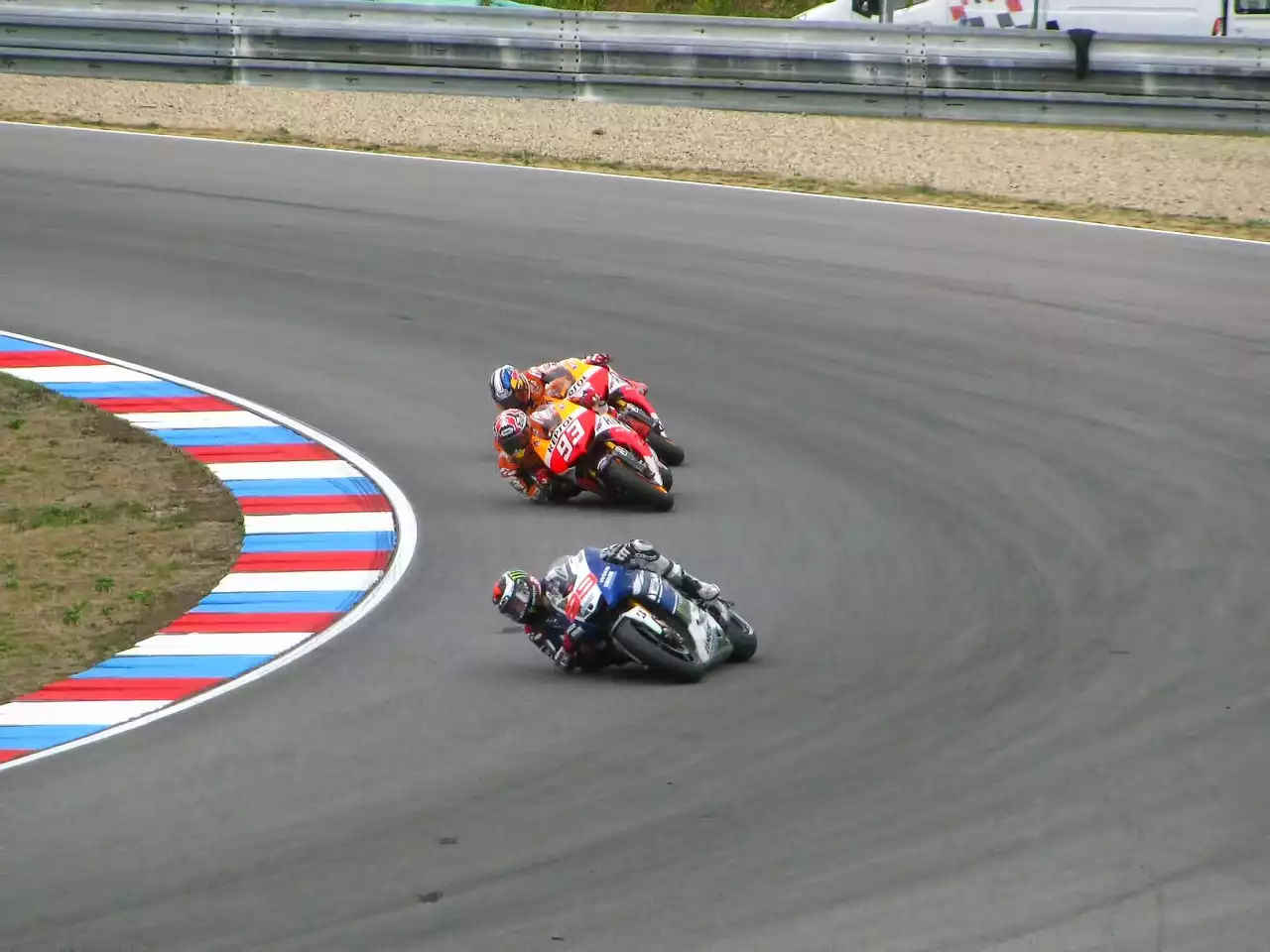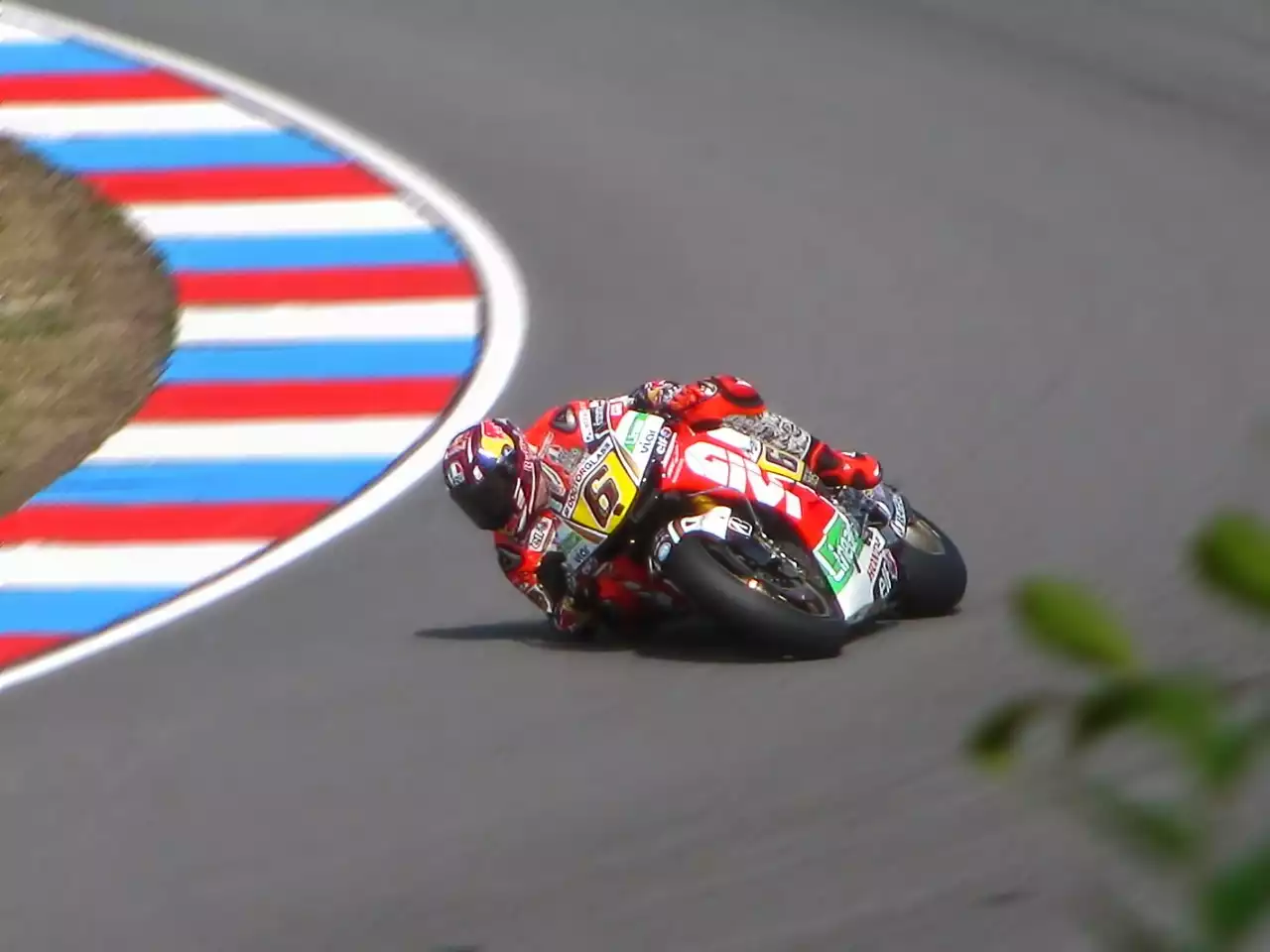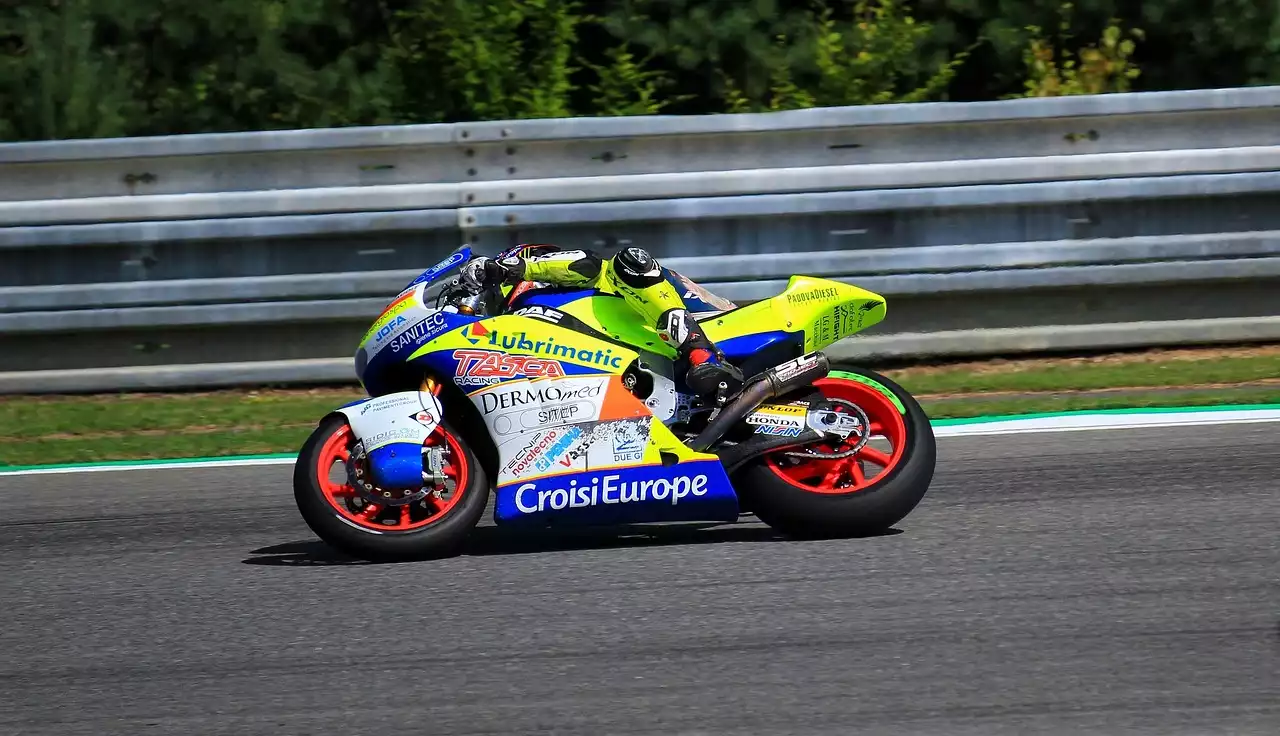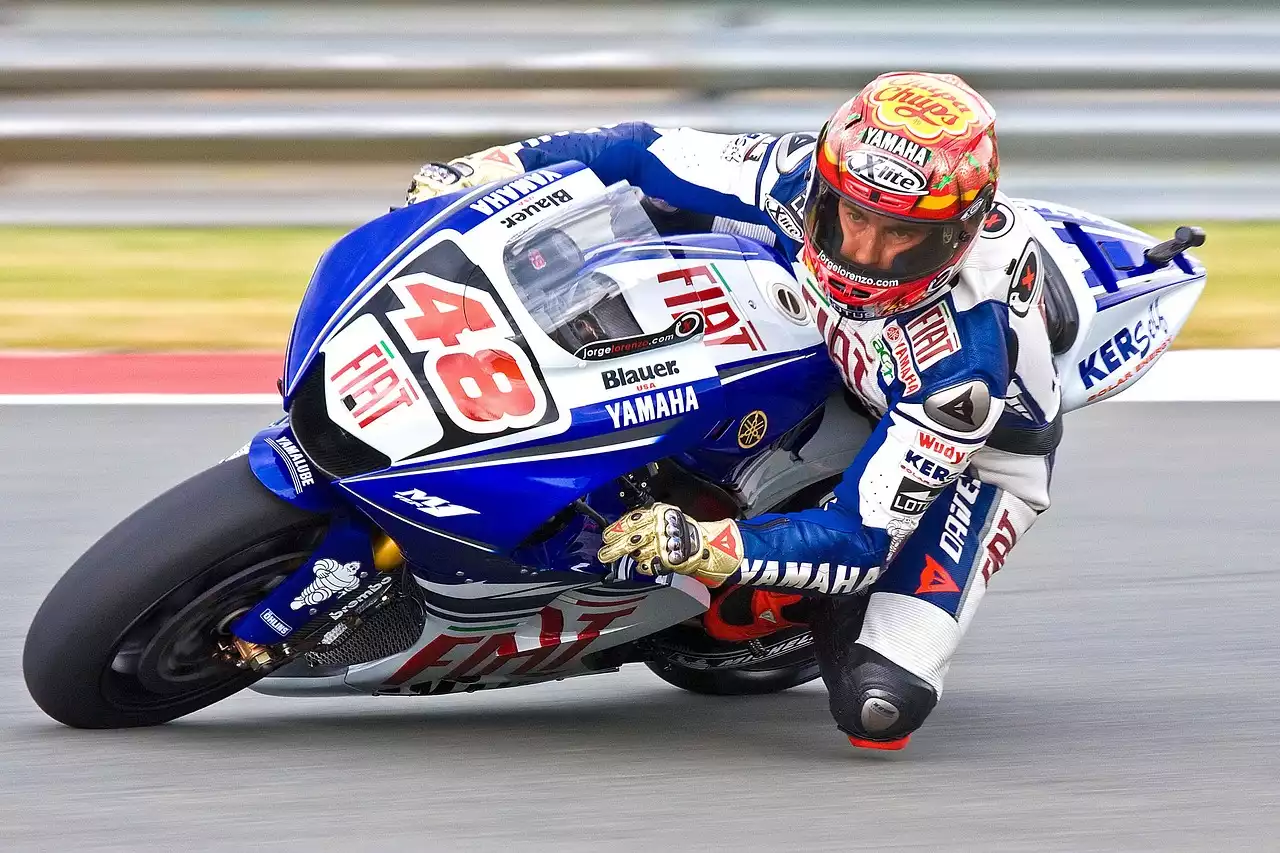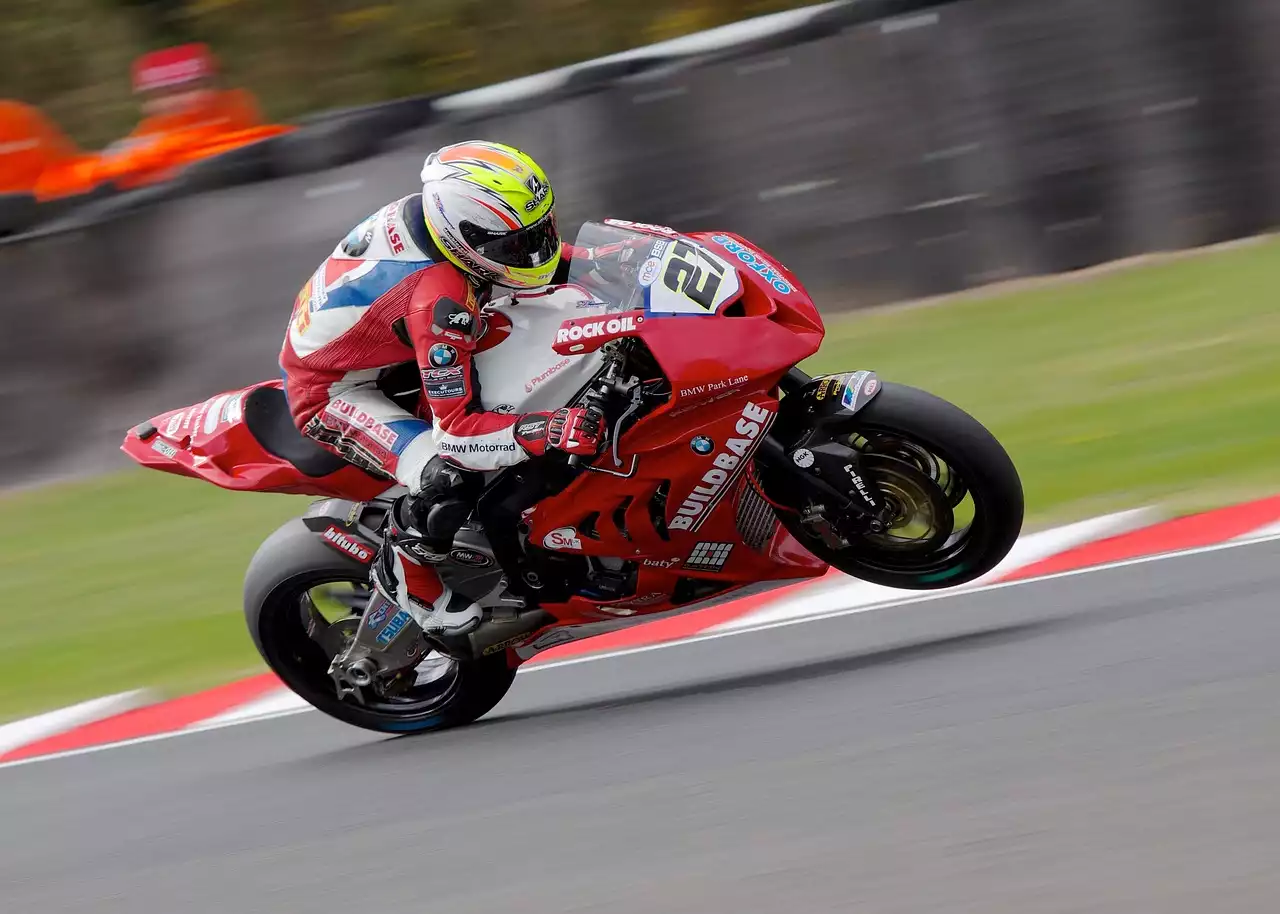History of Circuit de Catalunya
The Circuit de Catalunya was built in 1991 and hosted its first MotoGP race in 1992. The track was designed by German architect Hermann Tilke, who also designed other famous circuits such as the Sepang International Circuit in Malaysia and the Yas Marina Circuit in Abu Dhabi. The Circuit de Catalunya was built to replace the Montjuic Park Circuit, which was deemed too dangerous for MotoGP after a number of fatal accidents.
The Circuit de Catalunya has since become a staple in the MotoGP calendar, hosting the Spanish Grand Prix every year. Over the years, the track has undergone several changes to improve safety and enhance the racing experience. In 2004, the final corner was modified to create a tighter turn and reduce speeds. And in 2018, the track was resurfaced to improve grip and reduce tire wear.
Technical Aspects of Circuit de Catalunya
The Circuit de Catalunya is a challenging track for riders due to its technical layout. The track features a mix of high-speed straights, tight hairpin turns, and sweeping corners, which require a combination of speed, precision, and skill to navigate successfully. The track is also known for its elevation changes, with a number of uphill and downhill sections that require riders to adapt their riding style.
One of the most challenging sections of the Circuit de Catalunya is Turn 10, also known as La Caixa. This corner is a tight hairpin turn that requires riders to slow down from speeds of over 300 km/h to just 70 km/h in a matter of seconds. The corner is also banked, which adds an additional challenge for riders.
Another challenging section of the Circuit de Catalunya is Turn 3, also known as Repsol. This corner is a fast left-hand turn that requires riders to carry a lot of speed into the corner while also being mindful of the gravel trap on the outside of the turn. The corner is also blind, which means riders must have a good sense of timing and distance in order to navigate it successfully.
Challenges Faced by Riders at Circuit de Catalunya
The Circuit de Catalunya presents a number of challenges for riders, both in terms of technical skill and physical endurance. The track's long straights and high-speed corners require riders to maintain a high level of concentration and focus, while its tight hairpin turns and elevation changes demand a lot of physical strength and stamina.
One of the biggest challenges for riders at the Circuit de Catalunya is tire wear. The track's abrasive surface and high-speed corners put a lot of stress on tires, which can lead to rapid degradation and loss of grip. This means that riders must manage their tire wear carefully throughout the race in order to maintain performance and avoid crashes.
Another challenge for riders at the Circuit de Catalunya is the weather. The track is located in a region of Spain that is known for its hot and dry climate, which can make racing conditions difficult for riders. High temperatures and strong winds can make the track slippery and unpredictable, which can lead to mistakes and accidents.
Famous Moments and Races at Circuit de Catalunya
The Circuit de Catalunya has played host to some of the most memorable moments and races in MotoGP history. One of the most famous races at the track was the 2009 Spanish Grand Prix, which saw Valentino Rossi and Jorge Lorenzo engage in a fierce battle for the lead. The two riders traded positions multiple times throughout the race, with Rossi eventually coming out on top by just 0.095 seconds.
Another memorable race at the Circuit de Catalunya was the 2016 Catalan Grand Prix, which saw Valentino Rossi and Marc Marquez collide on track. Marquez attempted to overtake Rossi on the final lap of the race, but the two riders made contact and crashed out of the race. The incident sparked a controversy between the two riders, which continued for several races afterwards.
MotoGP Rider Perspectives on Circuit de Catalunya
MotoGP riders have mixed opinions on the Circuit de Catalunya, with some praising its technical challenges and others criticizing its layout and safety. One rider who has had success at the track is Marc Marquez, who has won the Catalan Grand Prix seven times in his career.
Marquez has described the Circuit de Catalunya as a "special" track, citing its mix of high-speed corners and tight hairpin turns as a unique challenge for riders. He has also praised the track's passionate fans, who create a lively and energetic atmosphere throughout the race weekend.
Other riders, however, have criticized the Circuit de Catalunya for its lack of safety features. In 2016, following the incident between Rossi and Marquez, several riders called for changes to be made to the track to improve safety. These included the addition of more run-off areas and the removal of certain corners that were deemed too dangerous.
Circuit de Catalunya in the Current MotoGP Season
The Circuit de Catalunya continues to be a popular venue on the MotoGP calendar, with the Spanish Grand Prix attracting large crowds of fans from around the world. In the current MotoGP season, the Circuit de Catalunya is set to host the seventh race of the season, which will take place on June 6, 2021.
The race is expected to be highly competitive, with riders battling it out for valuable championship points. The current MotoGP leader is Fabio Quartararo, who has won two races so far this season and holds a 24-point lead over second-placed Francesco Bagnaia. The race at the Circuit de Catalunya could prove to be a pivotal moment in the championship race.
Circuit de Catalunya vs Other MotoGP Circuits
The Circuit de Catalunya is just one of many technical circuits on the MotoGP calendar, but it stands out for its unique combination of challenges. Other circuits that are known for their technical layout include the Mugello Circuit in Italy and the Red Bull Ring in Austria.
The Mugello Circuit is known for its fast and flowing corners, while the Red Bull Ring features a mix of high-speed straights and tight hairpin turns. Both circuits present their own unique challenges for riders and require a high level of skill and precision to navigate successfully.
Tips for Attending a MotoGP Race at Circuit de Catalunya
Attending a MotoGP race at the Circuit de Catalunya is an unforgettable experience for fans. To make the most of your visit, here are some tips to keep in mind:
- Book your tickets early to ensure the best seats and prices.
- Plan your travel and accommodation in advance to avoid last-minute hassles.
- Arrive at the track early to explore the fan zone and soak up the atmosphere.
- Bring plenty of water and sunscreen to stay hydrated and protected from the sun.
- Wear comfortable shoes and clothing to make walking around the track easier.
- Respect the riders and other fans by following the rules and guidelines set by the event organizers.
With these tips in mind, you're sure to have an amazing time at the Circuit de Catalunya.
